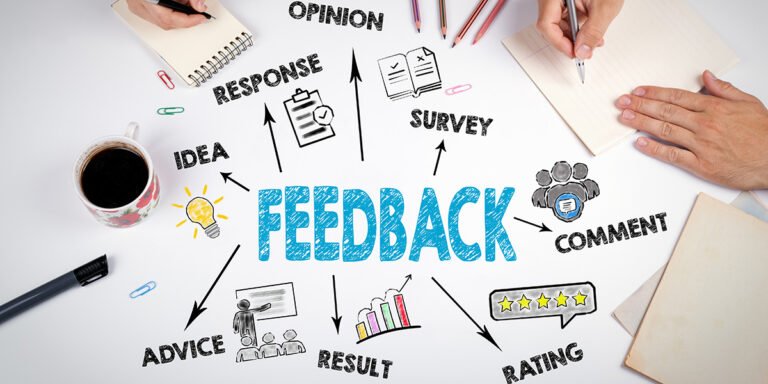From Scroll to Sale: How to Turn Social Clicks into Website Conversions
This is Post 2 of 5 in our deep-dive series based on the Connected Strategy eBook from Upper Level Development.
If you’re just joining, we’re unpacking a smarter way to connect your website, social media, and SEO so they work as a unified system—not in silos.
READ ALL POSTS Here at ‘The Connected Strategy Series‘
📘 Want the full eBook now? Download Connected Strategy here →
You’ll get all 5 chapters plus a bonus checklist to help evaluate and align your digital marketing efforts.
Social Grabs Attention—Your Website Has to Close
Social media is where attention starts—but your website is where decisions happen.
Your audience is moving fast. They’re browsing, double-tapping, scrolling through Reels. But when something catches their eye—an offer, a tip, a product—they click.
That’s the moment.
The question is: what happens next?
If the answer is “they land on your homepage and bounce,” you’re wasting valuable traffic.
Where Scrolls Go to Die
You’ve seen this before: a well-crafted Instagram carousel or paid Facebook ad leads to…
➡️ a generic homepage
➡️ a cluttered services page
➡️ or worse, a “Contact Us” form with no context
For social users, that’s a hard stop. No direction, no clarity, no conversion.
Social traffic is impatient. If your landing page doesn’t immediately match the message, tone, and offer of the original post, you lose them.
What Great Scroll-to-Sale Strategy Looks Like
Here’s how it should go:
- You post an Instagram carousel: “5 Tips for a Healthier Home Office”
- The last slide says: “Need help setting yours up? Click the link in bio.”
- That link goes to a custom landing page on your WordPress site
- The page builds on the tips, features real imagery, and includes a strong CTA: “Book a Free Design Call”
That’s a connected journey.
Each step delivers value and moves the user closer to action.
Why Strategic Imagery Matters
You know what kills a landing page? Generic stock photos.
If your social post shows behind-the-scenes video or authentic brand imagery, your landing page should continue that experience. Otherwise, the user subconsciously asks:
“Did I click the wrong thing?”
Here’s what to use instead:
- Real team or product images (same setting, same style)
- Branded visual elements that match your social vibe
- Mobile-first layouts designed for thumb-scrollers
Consistency builds trust—and trust drives action.
Every Page Needs a Purpose
When someone clicks, your landing page should answer three questions in the first five seconds:
- Where am I?
- What can I do here?
- Why should I take action now?
And don’t bury your CTA.
Best practices:
- Place a clear CTA near the top and again at the bottom
- Match the language and intent from the post that brought them
- Keep it simple: “Schedule Your Free Call” outperforms “Learn More” every time
Use Social as Your Testing Lab
Think of social as your sandbox and your site as the polished version.
If a Reel or carousel performs well, expand it:
- Build a blog post around it
- Create a dedicated landing page
- Link it to a product or service page
- Test CTAs or offers based on social engagement
Your social feed gives you real-time feedback. Let it shape what you build on your site.
The Click Is Just the Beginning
Traffic alone isn’t the goal.
The goal is a connected experience—one that transforms curiosity into confidence, and attention into action.
When you treat your website as the destination, not just a container, you start to turn scrolls into sales.
Actionable Takeaway:
Create a social-specific landing page for your next high-performing post.
Use consistent visuals, match the tone, and place one clear CTA at the top and bottom of the page.
Want the Complete System?
This post is just one chapter of the bigger picture.
📘 Download the Connected Strategy eBook here →
You’ll get all five posts plus a bonus checklist to audit your current digital strategy.





